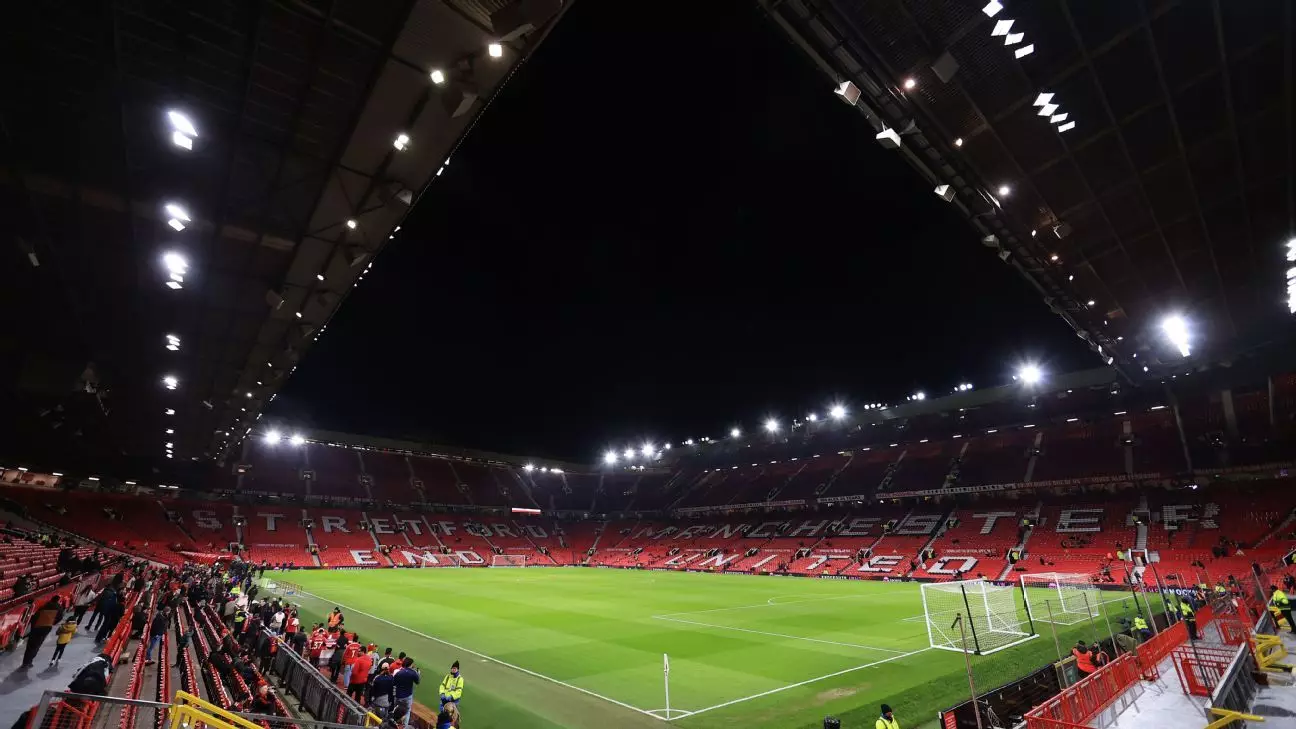Manchester United Football Club is at a pivotal crossroads regarding the future of its iconic Old Trafford stadium. The club has announced a timeline to finalize its decision on whether to renovate the existing structure or to construct a brand-new 100,000-seat venue by summer 2024. Initially anticipated by the end of 2024, this accelerated timeline signals the urgency and importance of creating a world-class home for the club and its fans. The outcome of this decision will not only affect the club itself, but also the broader economic landscape of Trafford and Greater Manchester.
According to the reports from the Old Trafford Regeneration Task Force, both redevelopment and new construction have been evaluated. The task force has determined that the current Old Trafford stadium could be expanded to accommodate 87,000 spectators through renovations. However, a completely new stadium could offer a significantly larger capacity of 100,000 seats. This variable is crucial, as it reflects the club’s ambition to host larger audiences and potentially increase revenue from ticket sales and events.
Furthermore, the task force’s findings suggest that a redevelopment of Old Trafford would anchor further regeneration in Trafford Park, projecting potential economic benefits amounting to £7.3 billion. Moreover, it could generate over 90,000 job opportunities. This insight is a significant consideration, as it reveals the club’s role in not only enhancing its own infrastructure but also contributing to the local economy, which is an increasingly vital point for stakeholders involved.
Crucially, fan sentiment plays a significant role in shaping such monumental decisions. Manchester United has reported that a survey revealed 52% of fans favor the construction of a new stadium over the redevelopment of Old Trafford. This data, while not an overwhelming majority, nonetheless indicates a tangible support for change. It emphasizes the desire among the fanbase for a facility that can meet modern standards and offer enhanced experiences, such as improved amenities and seating arrangements.
Moreover, this decision-making process is more than just a structural consideration; it embodies the club’s relationship with its supporters and the community. The engagement of fans in discussions about the stadium’s future is indicative of a broader trend in sports management, where clubs are acknowledging the voice of their supporters in strategic planning.
Regardless of whether Manchester United opts for redevelopment or new construction, both paths present an opportunity for revitalization. The club’s ambition extends beyond merely increasing spectator capacity; it aims to catalyze wider urban regeneration, creating a vibrant and sustainable environment around the stadium. This holistic approach recognizes the potential of sports infrastructure to uplift communities and stimulate local economies.
Manchester United’s decision will have lasting implications not just for the club but for its fans and the Greater Manchester area. As we move toward summer, anticipation builds around this critical choice that could redefine the future of one of football’s most legendary homes. Both options hold promise, yet the proper alignment of fan desires and economic potential will ultimately guide the club toward its next chapter.

